Inheritance of Traditional Family Values: A Comparative Study of Family Ancestral Shrines and Related Paintings of Lee Family
Abstract
1. Introduction
- An example of how “family traditions” can be highlighted is illustrated by the ins and outs of a completed family memorial.
- For the reader’s reference, this research aimed to construct some suggestions that can be used to plan and design a family memorial hall.
2. Literature Review
2.1. From “Ancestral Shrines” to “Family Memorial Hall”: Their Role, Significance, and Inspiration
2.2. Transfer of “Tradition” to “Modernity”: The Relationship between Form and Ritual and the Patterns of Its Application
2.3. Dissemination and Cognition of Artistic Creation
3. Methodology
3.1. From “Culture” to “Cultural Creativity” Derivatives: A Conceptual Framework
3.2. Overviews of the “Qiyun Residence”
4. Results: Case Analysis and Discussions
4.1. The Interweaving of “Memory” and “Recollection”: Lee Family’s Ancestral Shrines Named “Qiyun Residence”
- In its overall design, “Qiyun Residence” opted for a modern and minimalist aesthetic. Meanwhile, the decoration of the space features details, such as a drawing of the genealogical tree and many photographs of family members, so that the people who enter this space will be filled with memories.
- It is true that most memorial halls (or ancestral halls) have a very traditional design. However, the simple design is more suitable for the aesthetics of modern people, as well as being functional.
- Through the establishment of this memorial, the family members hope that the local cultural characteristics and aesthetics will be promoted to the extent that it will become a cultural and educational center for the community. It is true that many sages have influenced people through their actions in many places.
4.2. The Dance of “Brushstrokes” and “Tones”: Paintings Named “Home: Sweet Home”
4.3. Discussions: The Inheritance of Family Traditions under the Interweaving of Space and Paintings
5. Conclusions and Suggestions
- If no separate space can be found, people can refer to the model of “Qiyun Residence” and can use a corner of their home or a small room that is temporarily unused for a moderate transformation, so that a miniature version of the family memorial can be created. In the same way as the conference rooms and reading rooms described earlier, some readers may consider them to be relatively simple. However, space serves only as a means of transport and it is the inner thing that can bring family members together and let them pass down family traditions. To put it simply, it is similar to how many people keep photos of their family in their wallets or on their desks.
- Due to the popularity of smartphones and cameras, people have the opportunity to become photographers. They can capture their family moments whenever they like. However, it is possible that these images remain on the phone for long periods of time and that the individuals will not take the time to examine them. With the advent of photographs, the art of painting is not completely eradicated, and people are willing to pick up paintbrushes and paint in their own way. Not only can these paintings be hung in the memorial space, but they also have the opportunity to become a source of inspiration for people. Furthermore, by utilizing the art of painting, the creator is also able to enjoy the challenges and pleasures that are inherent in the creative process that is unmatched by the act of pressing a shutter.
Author Contributions
Funding
Institutional Review Board Statement
Informed Consent Statement
Data Availability Statement
Acknowledgments
Conflicts of Interest
References
- Beitin, B.K.; Aprahamian, M. Family Values and Traditions. In Biopsychosocial Perspectives on Arab Americans; Springer: Cham, Switzerland, 2013; pp. 67–88. [Google Scholar] [CrossRef]
- Klepar, M. The Value of Family Traditions in the Education of the Individual in Modern Society. J. Vasyl Stefanyk Precarpath. Nat. Univ. 2017, 4, 173–177. [Google Scholar] [CrossRef][Green Version]
- Moon, S.G. Ancestor Worship in Korea: Tradition and Transition. J. Comp. Fam. Stud. 1974, 5, 71–87. [Google Scholar] [CrossRef]
- Perez, M.H. Reflections on Family Traditions. Smith Coll. Stud. Soc. Work. 2001, 71, 323–328. [Google Scholar] [CrossRef]
- Schneiderman, G.; Barrera, M. Family Traditions and Generations. Fam. Community Health 2009, 32, 354–357. [Google Scholar] [CrossRef] [PubMed]
- Qiyun Residence. Available online: https://www.facebook.com/%E5%A5%87%E9%9B%B2%E5%B1%85-116268710503781/ (accessed on 27 May 2022).
- Lakos, W. Chinese Ancestor Worship: A Practice and Ritual Oriented Approach to Understanding Chinese Culture; Cambridge Scholars Publishing: Newcastle upon Tyne, UK, 2010. [Google Scholar]
- Nadeau, R.L. Divinity. In The Wiley-Blackwell Companion to Chinese Religions; Nadeau, R.L., Ed.; John Wiley & Sons: Hoboken, NJ, USA, 2010; p. 369. [Google Scholar]
- Maslow, A.H. A Theory of Human Motivation. Psychol. Rev. 1943, 50, 370–396. [Google Scholar] [CrossRef]
- Ho, M.C.; Lin, C.H.; Liu, Y.C. Some Speculations on Developing Cultural Commodities. J. Des. 1996, 1, 1–15. [Google Scholar]
- Leong, D.; Clark, H. Culture-based Knowledge Towards New Design Thinking and Practice- A Dialogue. Des. Issues 2003, 19, 48–58. [Google Scholar] [CrossRef]
- Lin, R. Transforming Taiwan Aboriginal Cultural Features into Modern Product Design: A Case Study of a Cross-cultural Product Design Model. Int. J. Des. 2007, 1, 45–53. [Google Scholar]
- Gao, Y.; Wu, J.; Lee, S.; Lin, R. Communication between Artist and Audience: A Case Study of Creation Journey. In Proceedings of the 11th International Conference, CCD 2019, Held as Part of the 21st HCI International Conference, HCII 2019, Orlando, FL, USA, 26–31 July 2019; pp. 33–44. [Google Scholar]
- Barthes, R. Elements of Semiology; Jonathan Cape: London, UK, 1967. [Google Scholar]
- Fiske, J. Introduction to Communication Studies; Routledge: London, UK, 2010. [Google Scholar]
- Jakobson, R. Language in Literature; Harvard University Press: Cambridge, MA, USA, 1987. [Google Scholar]
- Beatty, E.L.; Ball, L.J. Investigating Exceptional Poets to Inform an Understanding of the Relationship between Poetry and Design. In Proceedings of the 2nd Conference on Creativity and Innovation in Design—DESIRE 011, Eindhoven, The Netherlands, 19–21 October 2011; pp. 157–165. [Google Scholar]
- Lin, C.-L.; Chen, J.L.; Chen, S.J.; Lin, R. The Cognition of Turning Poetry into Painting. US-China Educ. Rev. B 2015, 5, 471–487. [Google Scholar] [CrossRef]
- Lin, R.; Hsieh, H.; Sun, M.; Gao, Y. From Ideality to Reality- A Case Study of Mondrian Style. In Proceedings of the 8th International Conference, CCD 2016, Held as Part of the 18th HCI International Conference, HCII 2016, Toronto, ON, Canada, 17–22 July 2016; pp. 365–376. [Google Scholar]
- Lin, R.; Qian, F.; Wu, J.; Fang, W.; Jin, Y. A Pilot Study of Communication Matrix for Evaluating Artworks. In Proceedings of the 9th International Conference, CCD 2017, Held as Part of the 19th HCI International Conference, HCII 2017, Vancouver, BC, Canada, 9–14 July 2017; pp. 356–368. [Google Scholar]
- Silverman, K. The Subject of Semiotics; Oxford University Press: New York, NY, USA, 1984. [Google Scholar]
- Lin, R. Scenario and Story-telling|Approach in Cross Cultural Design. Art Apprec. 2006, 2, 4–10. [Google Scholar]
- Sun, Y.; Huang, J. The Interweaving of Memory and Recollection: A Case Study of Memorial House “Qiyun Residence”. In Proceedings of the 13th International Conference, CCD 2021, Held as Part of the 23rd HCI International Conference, HCII 2021, Virtual Event, 24–29 July 2021; pp. 103–115. [Google Scholar] [CrossRef]
- Chuang, M.C.; Chen, Y.T.; Chang, Y.J. A Study on Tactile Image of Products: Using Handleless Cups as a Case Study. J. Kansei 2013, 1, 28–45. [Google Scholar]
- Chen, S.J.; Lin, C.-L.; Lin, R. A Cognition Study of Turing Poetry into Abstract Painting. In Proceedings of the 5th Asian Conference on Cultural Studies (ACCS 2015), Osaka International Conference Center, Osaka, Japan, 28–31 May 2015. [Google Scholar]
- Chen, S.J.; Lin, C.-L.; Lin, R. The Study of March Degree Evaluation between Poetry and Paint. In Proceedings of the 5th Asian Conference on the Arts and Humanities (ACAH 2014), Osaka International Conference Center, Osaka, Japan, 3–6 April 2014. [Google Scholar]
- Chen, S.J.; Yen, H.Y.; Lee, S.; Lin, C.-L. Applying Design Thinking in Curating Model- A Case Study of the Exhibition of Turning Poetry into Painting. J. Des. 2016, 21, 1–24. [Google Scholar]
- Gao, Y.; Chen, L.; Lee, S.; Lin, R.; Jin, Y. A Study of Communication in Turning “Poetry” into “Painting”. In Cross-Cultural Design; Springer: Cham, Switzerland, 2017; pp. 37–48. [Google Scholar] [CrossRef]
- Lin, R.; Lee, S. Poetic and Pictorial Splendor; New Taipei City: National Taiwan University of Arts: New Taipei, Taiwan, 2015. [Google Scholar]
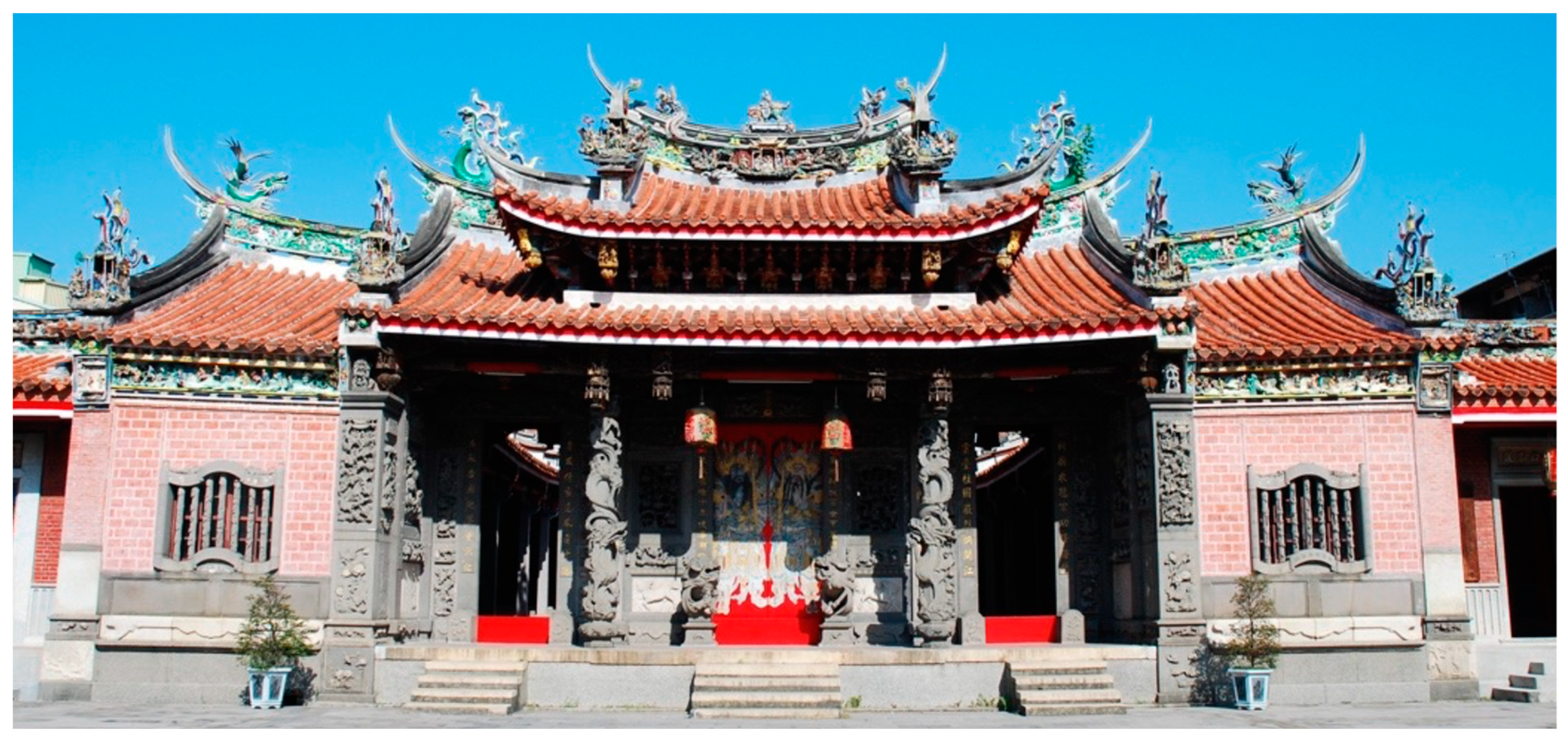
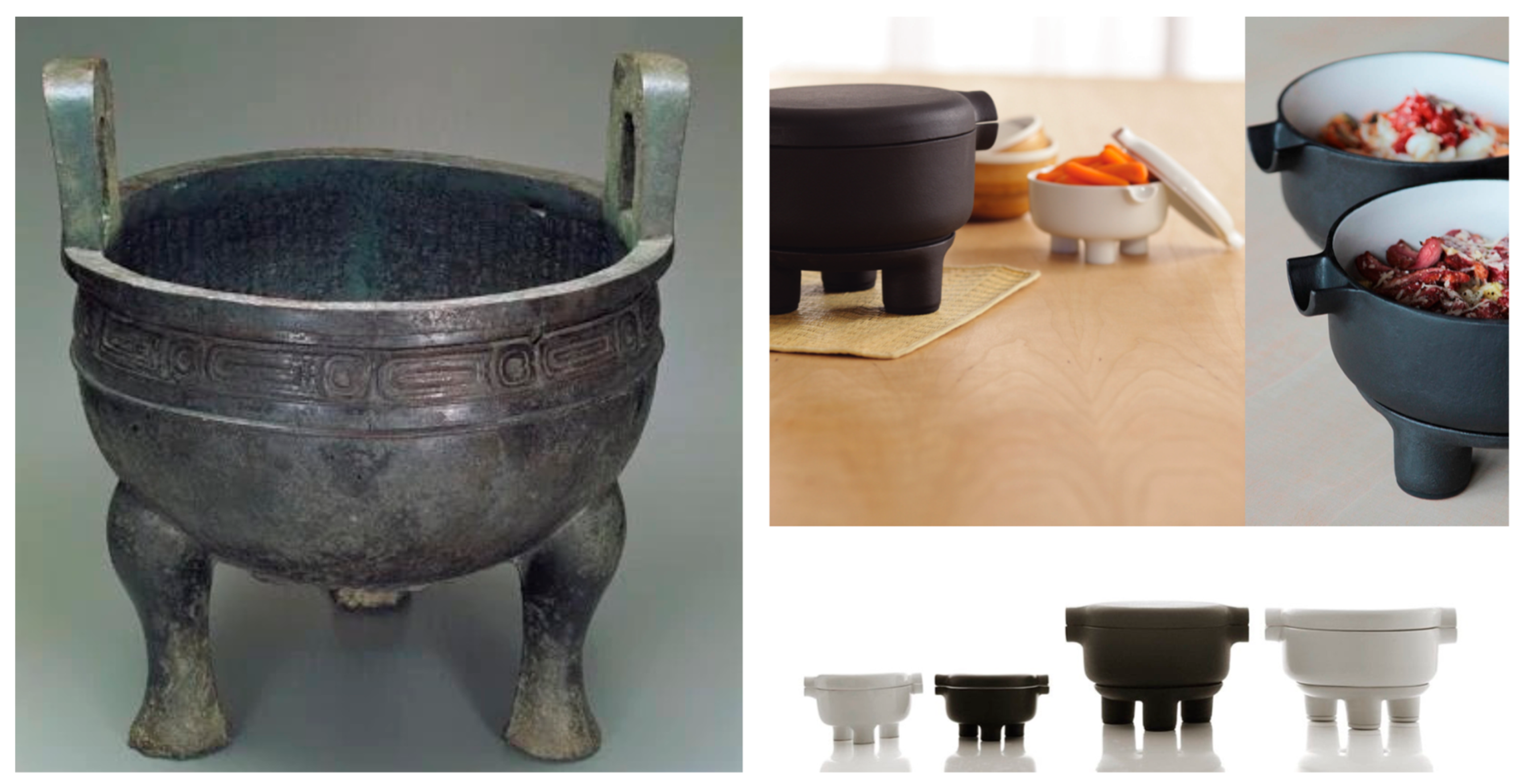
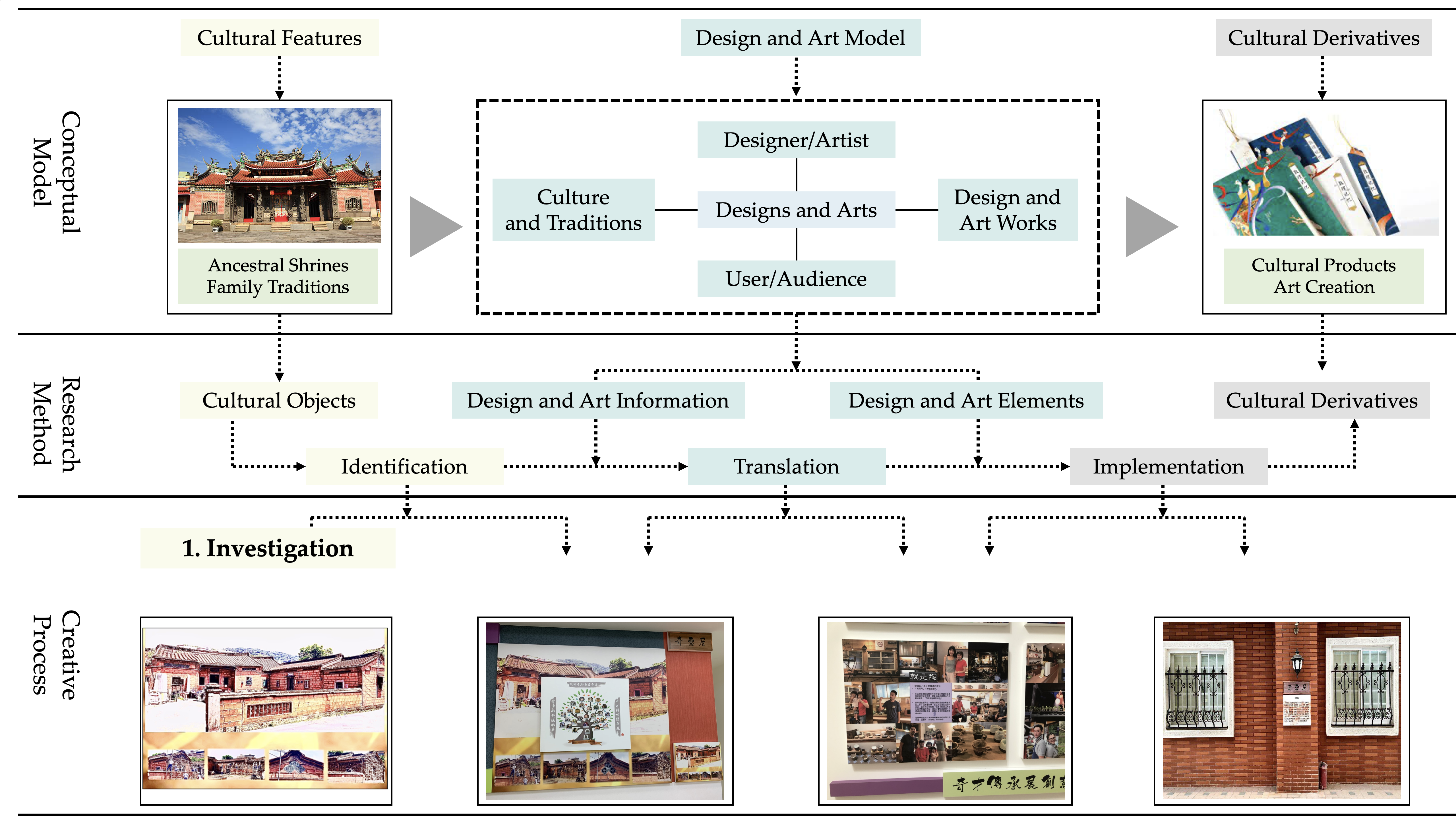
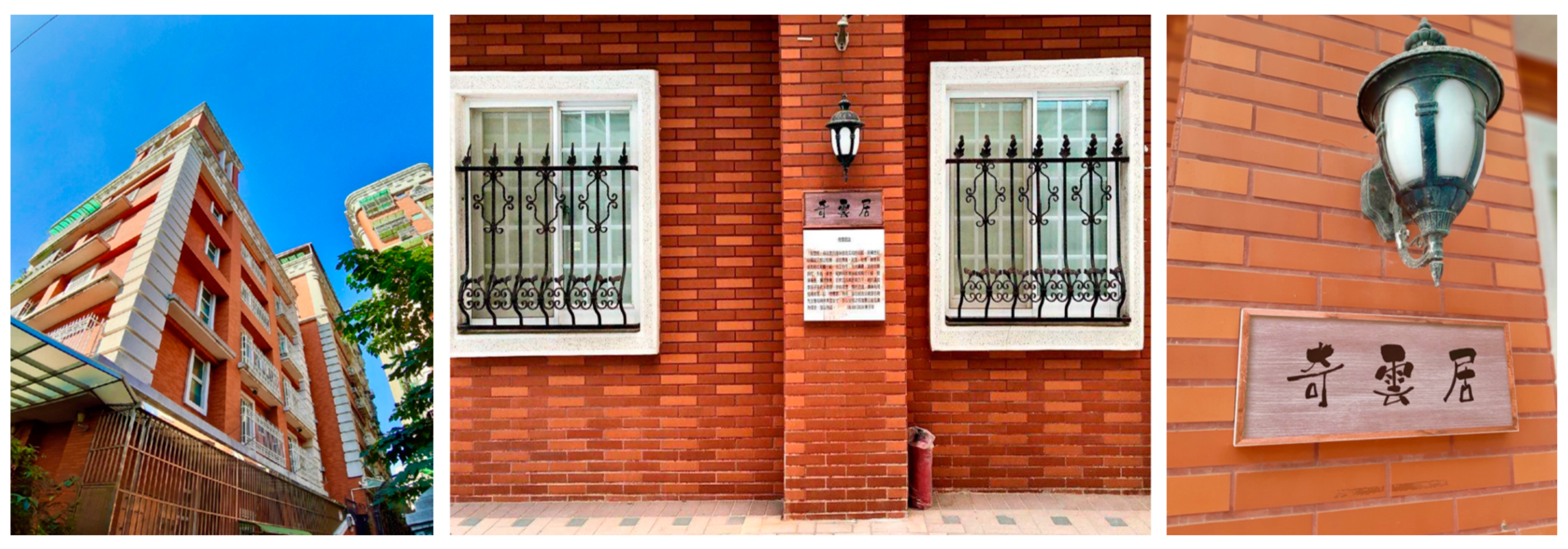
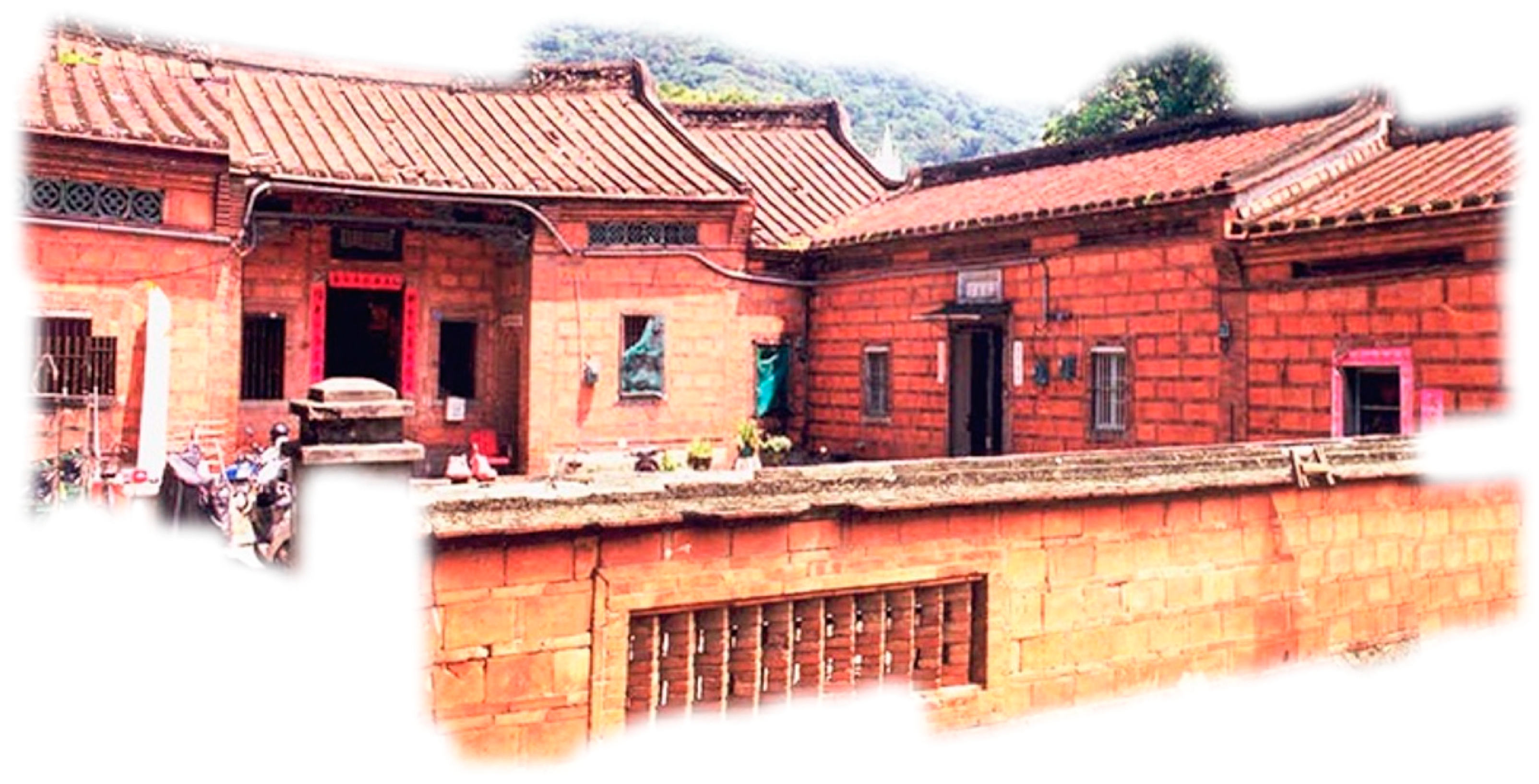
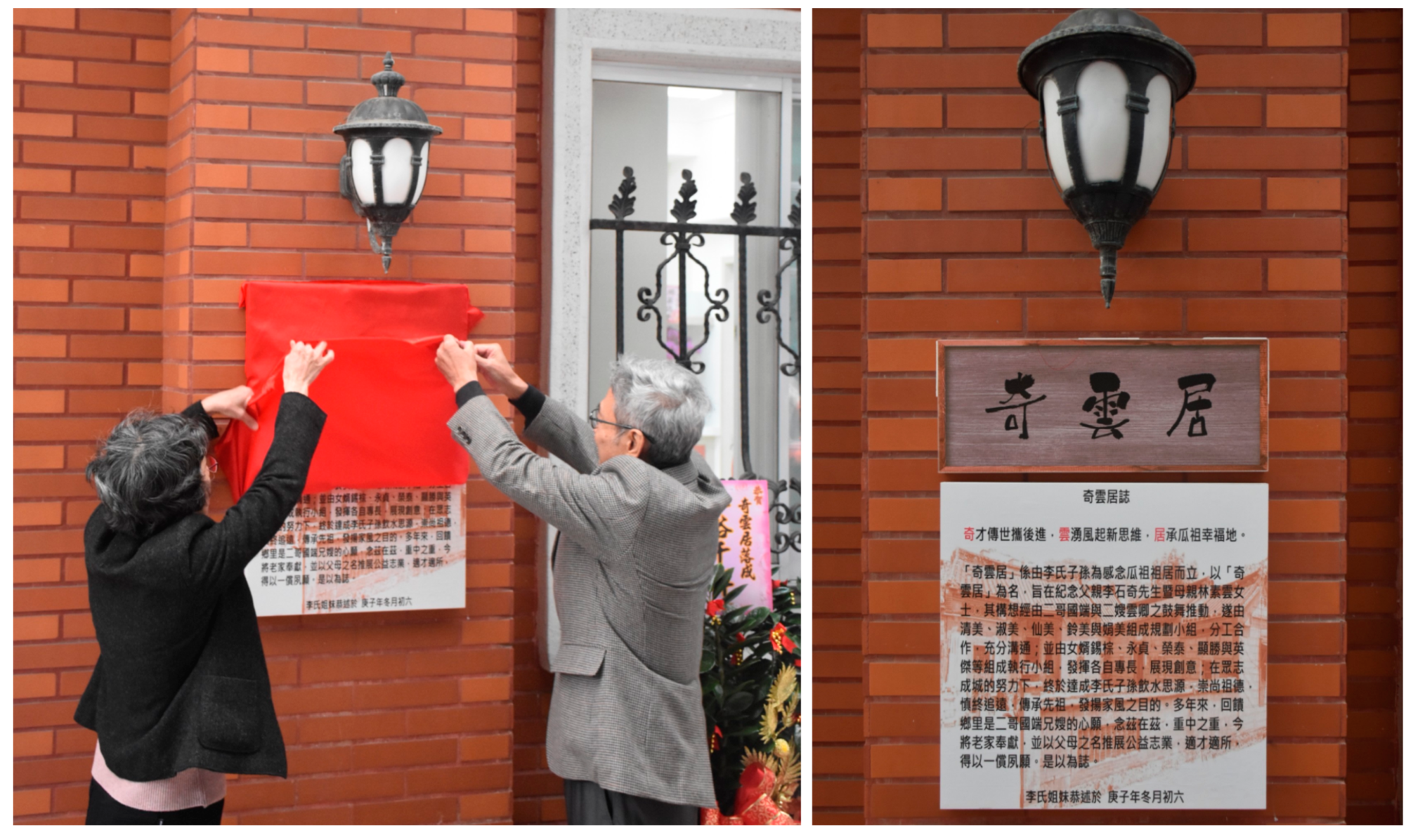
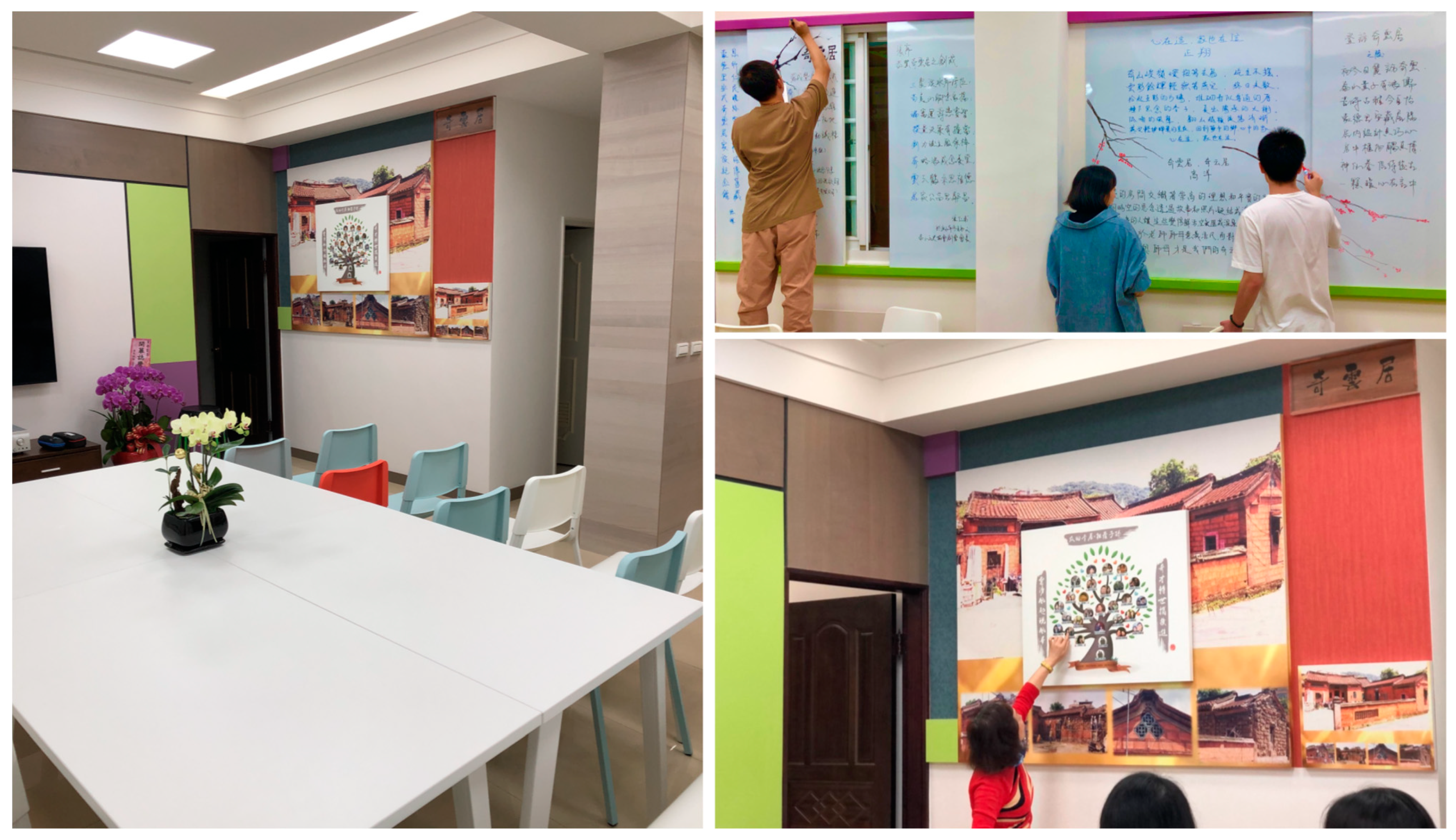
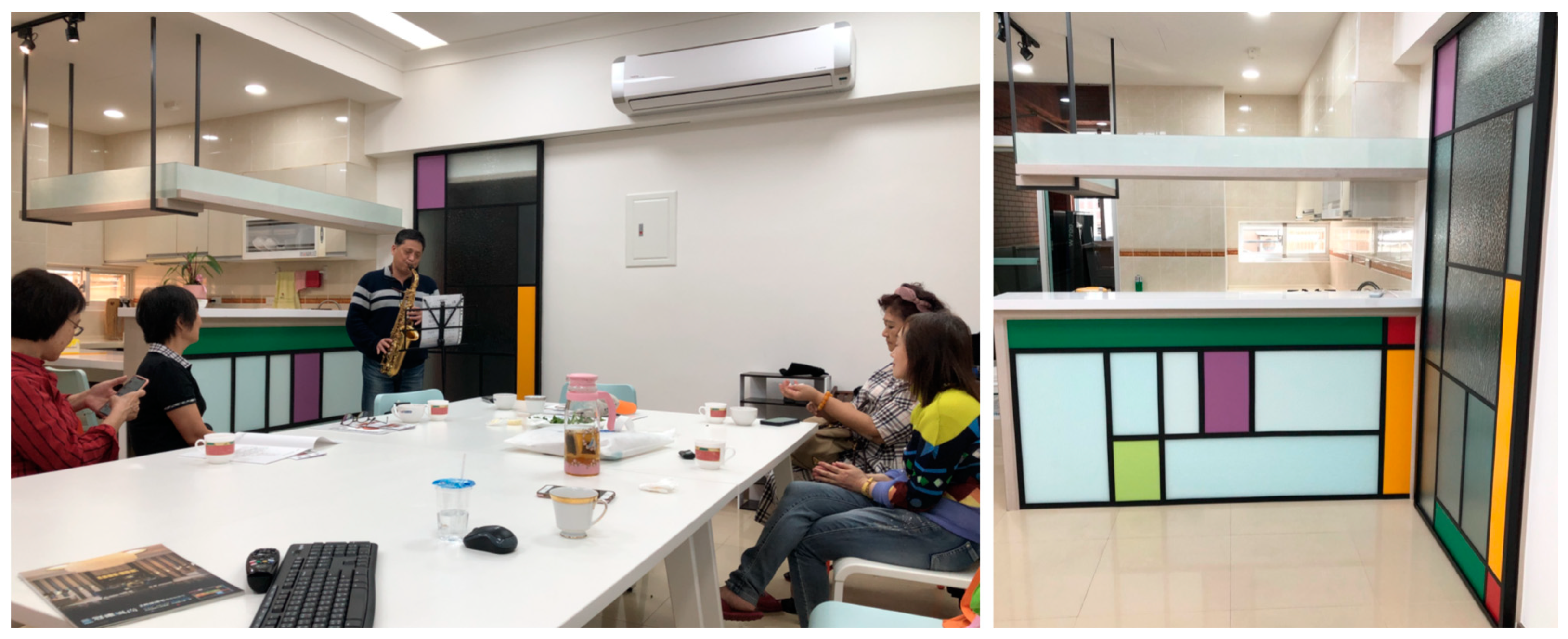

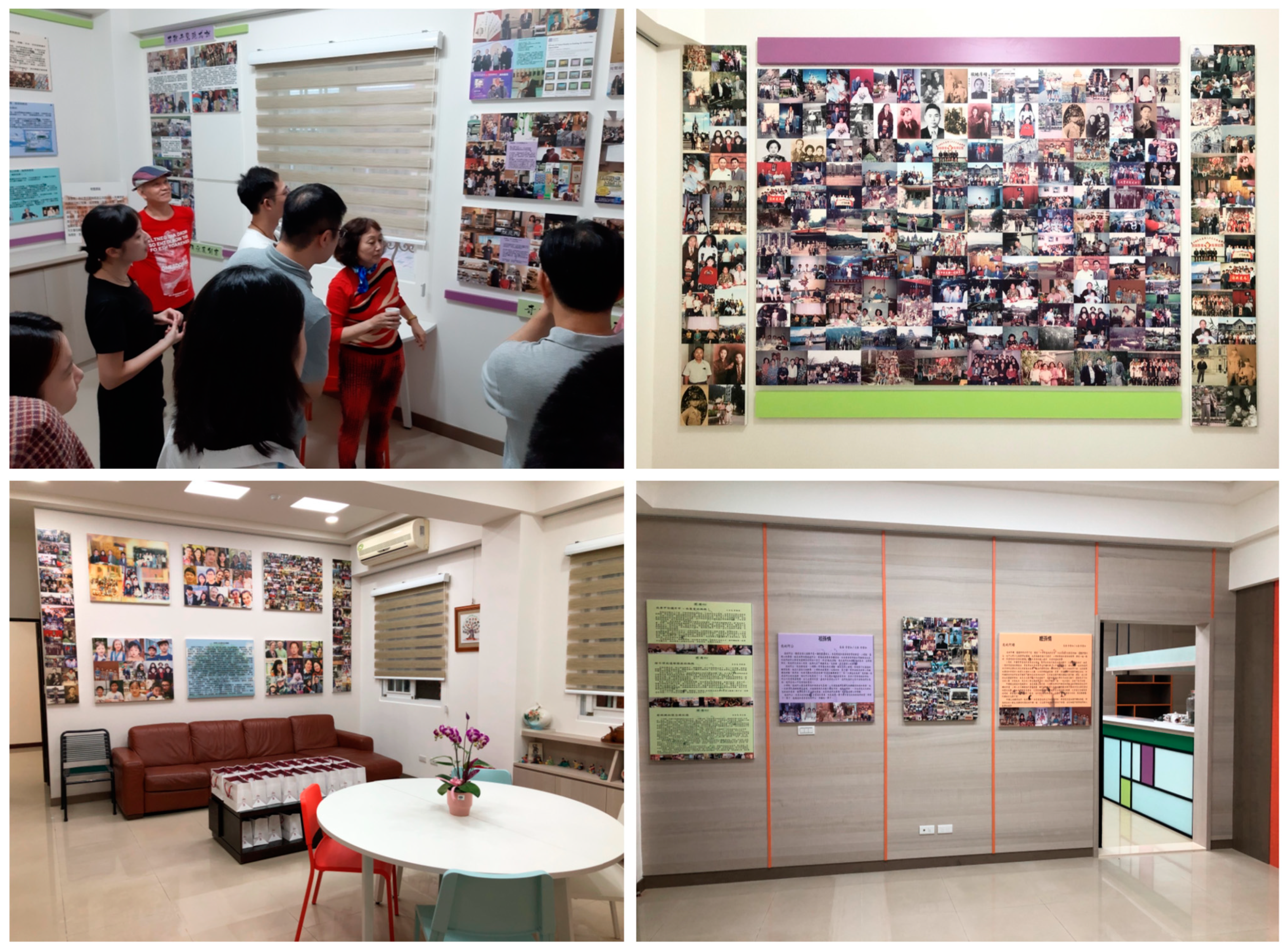
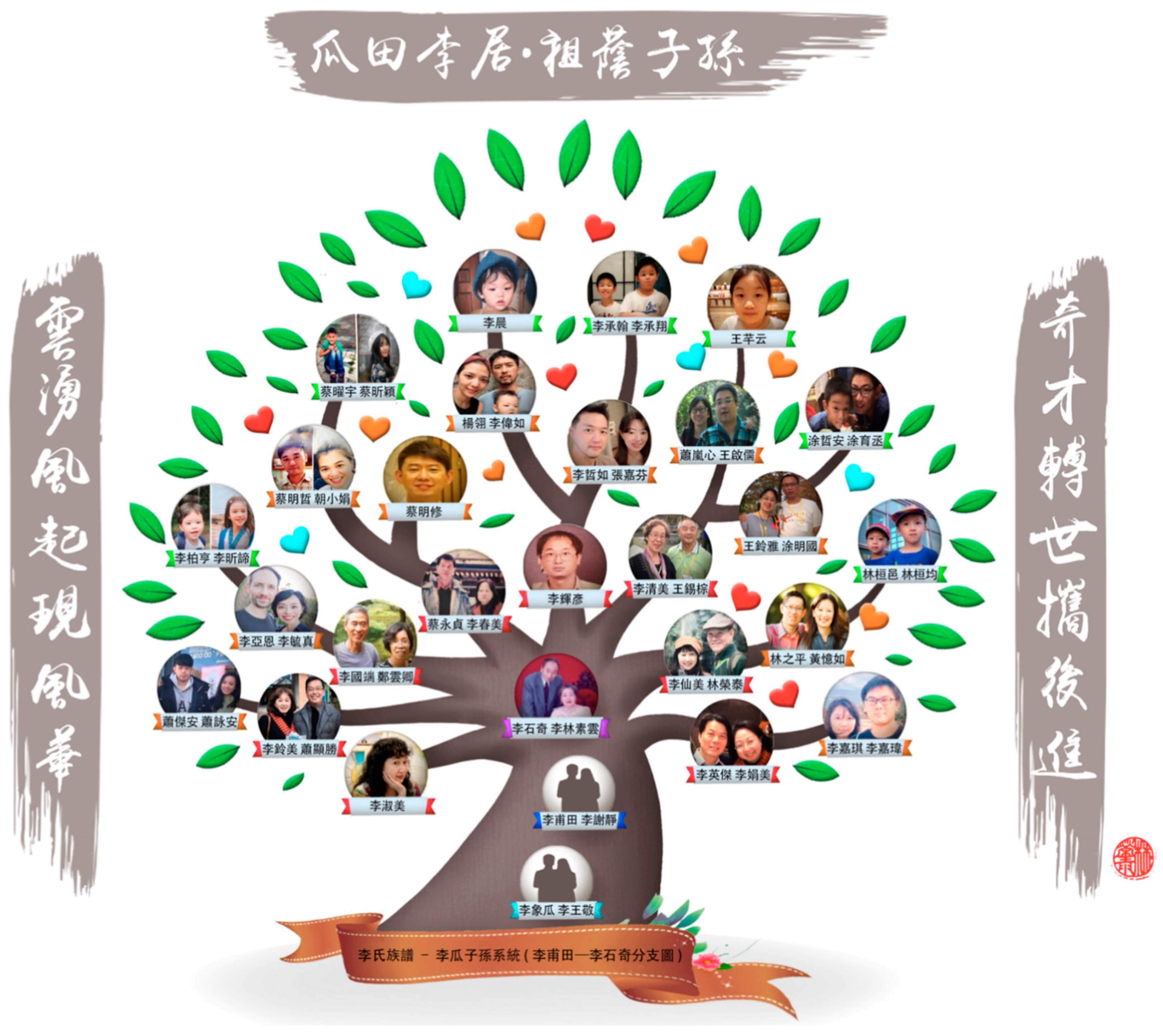
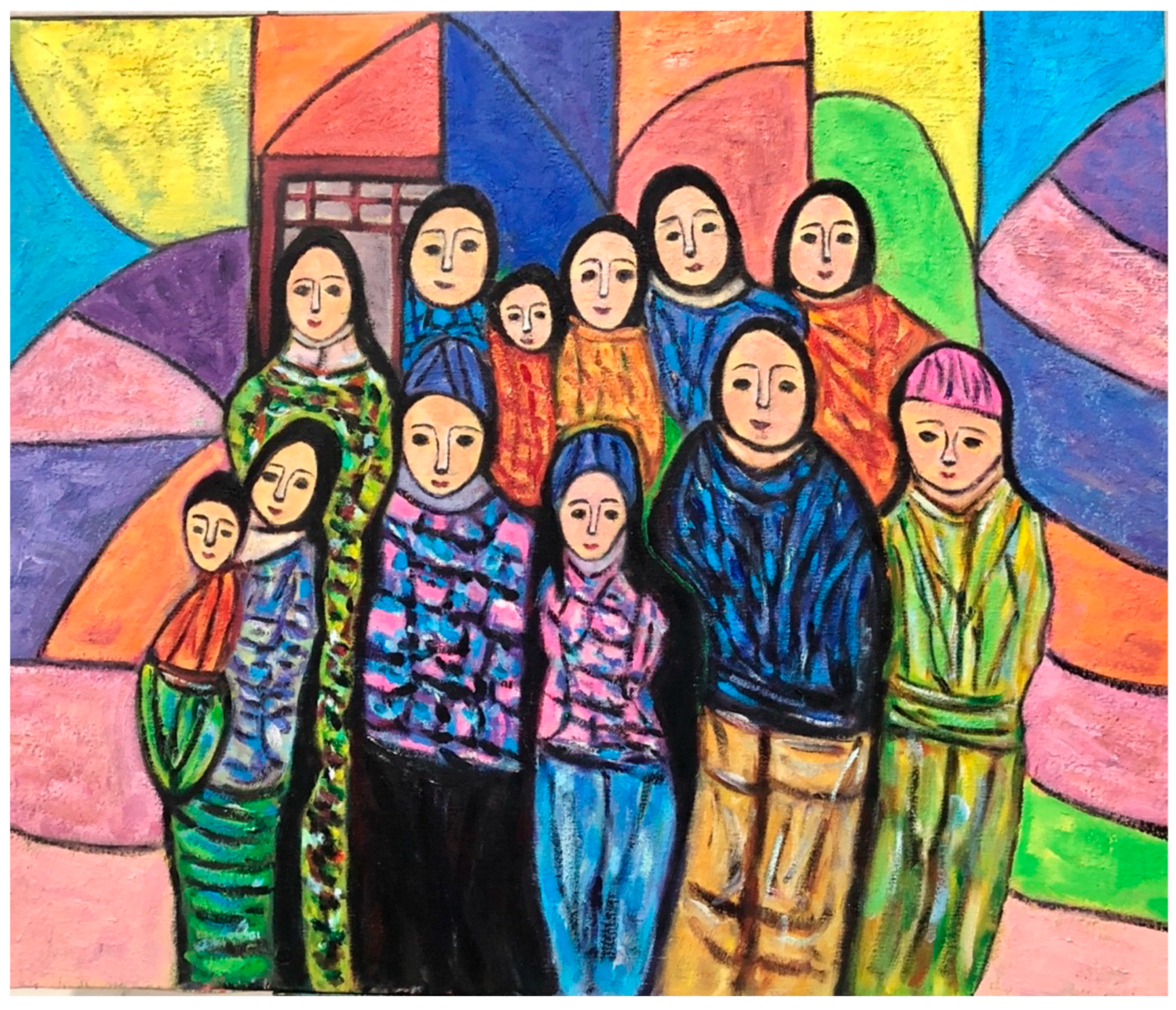

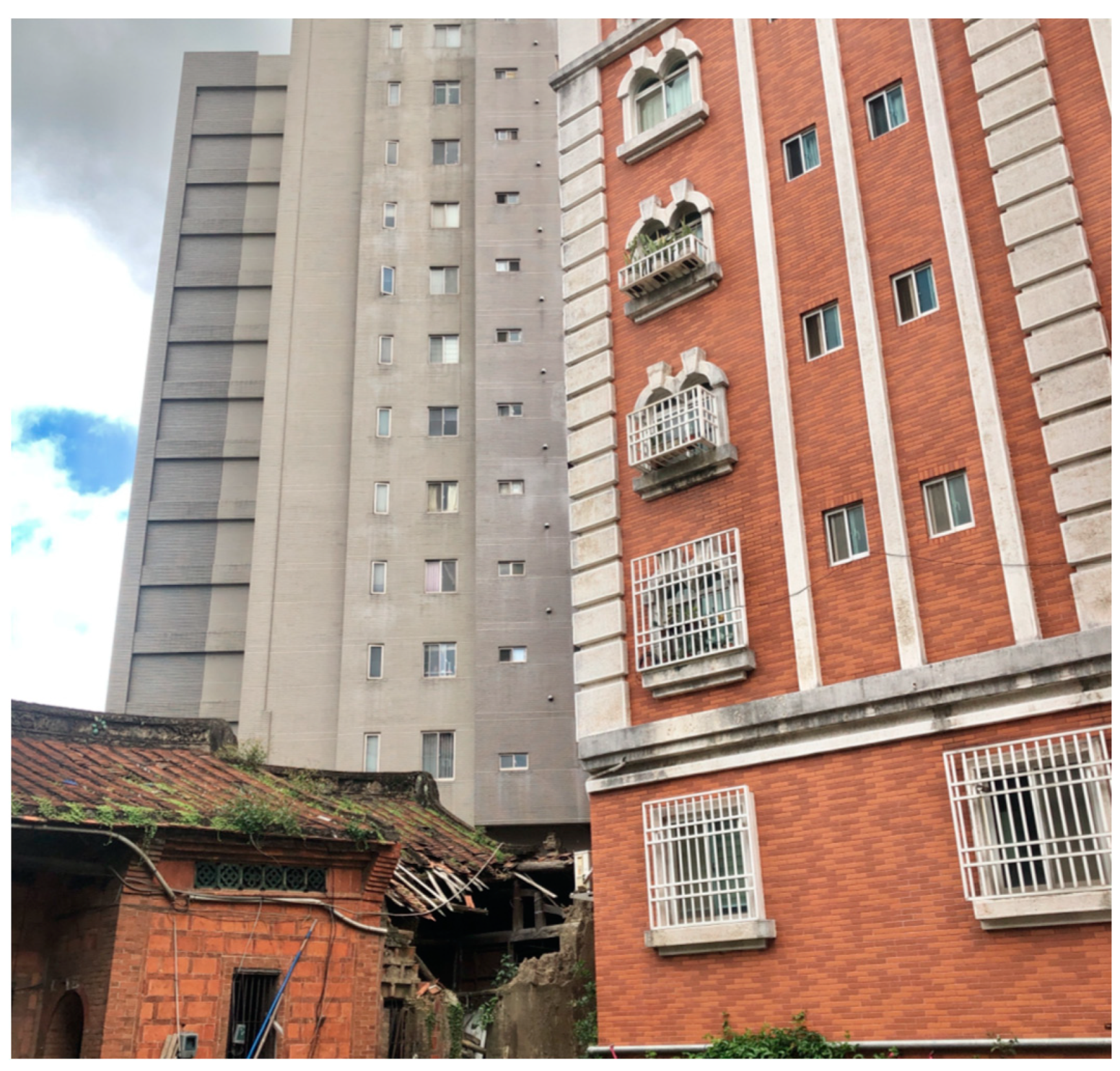
 |  |  |  |  |  |
 |  |  |  |  |  |
 |  |  |  |  |  |
Publisher’s Note: MDPI stays neutral with regard to jurisdictional claims in published maps and institutional affiliations. |
© 2022 by the authors. Licensee MDPI, Basel, Switzerland. This article is an open access article distributed under the terms and conditions of the Creative Commons Attribution (CC BY) license (https://creativecommons.org/licenses/by/4.0/).
Share and Cite
Sun, Y.; Lo, H.; Cao, J.; Lin, R. Inheritance of Traditional Family Values: A Comparative Study of Family Ancestral Shrines and Related Paintings of Lee Family. Sustainability 2022, 14, 7188. https://doi.org/10.3390/su14127188
Sun Y, Lo H, Cao J, Lin R. Inheritance of Traditional Family Values: A Comparative Study of Family Ancestral Shrines and Related Paintings of Lee Family. Sustainability. 2022; 14(12):7188. https://doi.org/10.3390/su14127188
Chicago/Turabian StyleSun, Yikang, Hsienfu Lo, Jing Cao, and Rungtai Lin. 2022. "Inheritance of Traditional Family Values: A Comparative Study of Family Ancestral Shrines and Related Paintings of Lee Family" Sustainability 14, no. 12: 7188. https://doi.org/10.3390/su14127188
APA StyleSun, Y., Lo, H., Cao, J., & Lin, R. (2022). Inheritance of Traditional Family Values: A Comparative Study of Family Ancestral Shrines and Related Paintings of Lee Family. Sustainability, 14(12), 7188. https://doi.org/10.3390/su14127188








